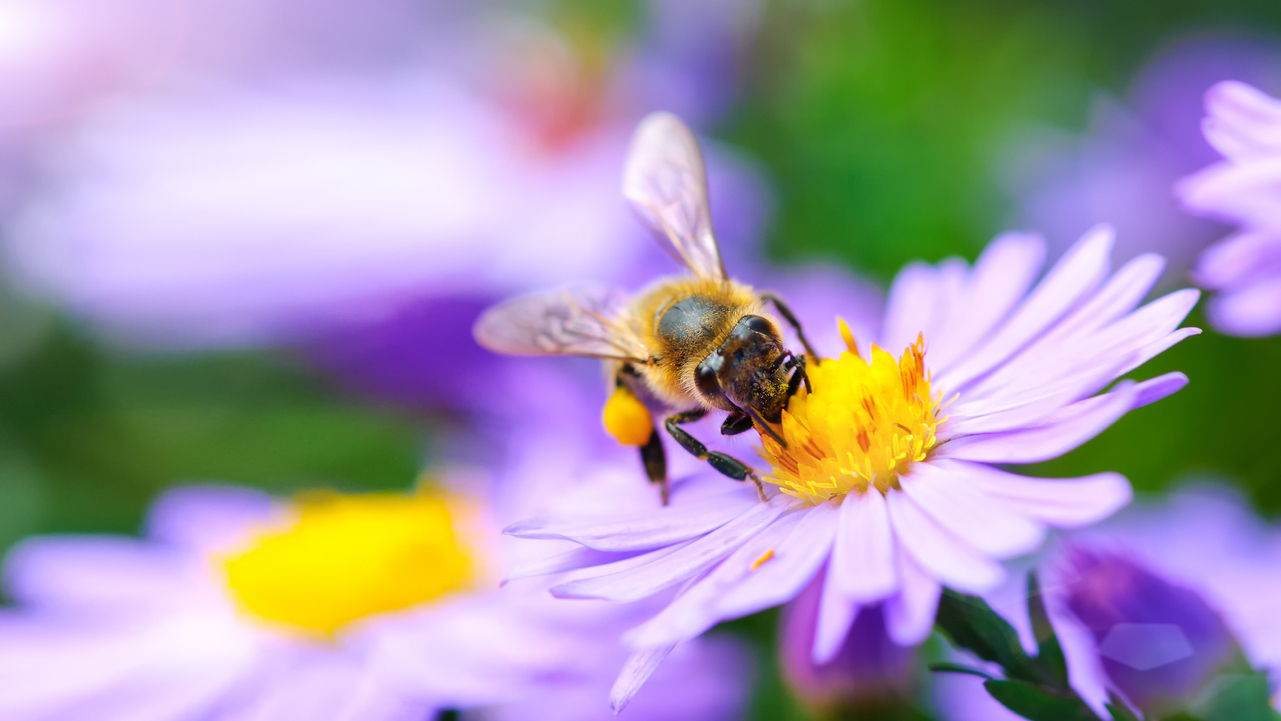Pollination Education for Preschoolers
- Written by: Alexis Webster

Spring has sprung and it’s a great time to learn about pollination. Insects transfer pollen from one flower to another, in the process of pollination, a form of fertilization. We can thank pollinators for much of the fruits and vegetables we eat!
Fun Fact: About one out of every three bites of food we eat and beverages we drink are produced by pollinators! 1
Unfortunately, pollinator populations are declining due to the extensive use of pesticides, environmental damage, and climate change.2,3 Teaching children about pollination is important for the health of both our ecosystem and future generations.
Pollination Education for Preschoolers!
1. Discuss Pollination, Pollinators, Fruits, and Vegetables
Pollinators are primarily insects such as various species of bees, butterflies, beetles, and flies. Other animals like birds and bats can pollinate too! Talk about the different types of pollinators with children, show them images of them, or even better, try to find them outside. Pollination is necessary for fruits and vegetables to grow. Pollinators help the production of foods such as apples, blueberries, strawberries, pumpkins, and tomatoes.1
2. Do a Craft
Demonstrate pollination through an art project! Children can draw images of flowers and pollinators. Sprinkle crushed up non-toxic chalk or flour on the images of flowers, this will act like the pollen. Use a cutout image of a bee or your fingers for the pollinators' demonstration. Take the “pollinator” up to the flowers and show how it spreads the pollen with its body as it flies from flower to flower. The children can be pollinators too!
3. Create a Garden
Gardening is an activity that is continuous throughout the warmer months! Flowering plants that are native to your area provide pollinators with food and children can observe these busy bees hard at work. Gardening is also an opportunity for children to develop food and physical literacy skills. Learn more about gardening with children here: Creating an Engaged Eating Environment: 7 Tips for Gardening with Young Children
Visit the following websites for more information on pollination:
-
David Suzuki | Pollinators - https://davidsuzuki.org/project/pollinators/
-
Pollination Guelph | Community Program - https://www.pollinationguelph.ca/
-
Pollinator Partnership | Education - https://www.pollinator.org/learning-center/education
-
Pollinator Partnership Canada | Kids - https://pollinatorpartnership.ca/en/p2c-kids
References
-
Pollination Guelph. (n.d.). Quick Facts. https://www.pollinationguelph.ca/quickfacts
-
Government of Canada. (2021, July 29). Pollinator Protection. https://www.canada.ca/en/health-canada/services/consumer-product-safety/pesticides-pest-management/growers-commercial-users/pollinator-protection.html?utm_source=canada-ca-pollinators-en&utm_medium=vurl&utm_campaign=vurl
-
David Suzuki Foundation. (n.d.). Pollinators. https://davidsuzuki.org/project/pollinators/